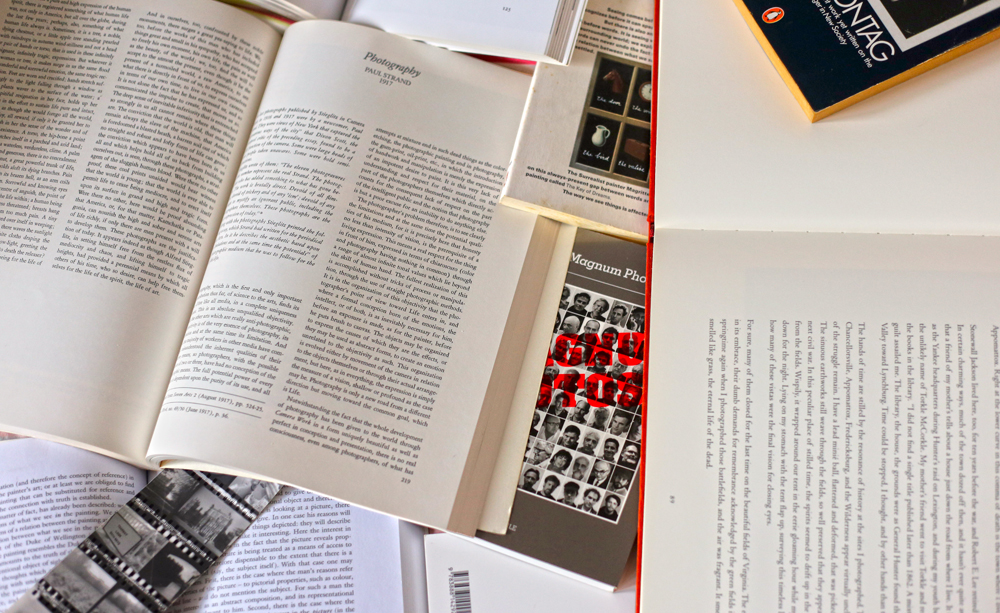
Valuing the Photograph: Analogue Photography at Auction
This article first appeared in the Royal Photographic Society’s Analogue magazine, November 2017.
According to Sotheby’s “Analogue photography is back in vogue” and they should know, 22 of the most expensive photographs sold at auction were sold at Sotheby’s, and all were analogue photographs.
The interest in photography as a valuable commodity is rapidly growing and appealing to more and more investors, with Phillips auction house seeing 40% of new buyers each year (Rabi, 2015), and the number of auctions specialising in photography increasing with each consecutive year at all the major auction houses. Over 30 photographs have gone under the hammer for over a million dollars since 2005, and world records are broken year on year for some of the biggest names in photography. As Photography is increasingly recognised as a smart investment in the art world, what is it about analogue photography in particular that interests buyers?
The first and most obvious reason is that the most expensive photographs are those that are taken by famous photographers, such as Edward Steichen, Alfred Stieglitz and Man Ray (whose photographs have fetched $2.9m, $1.4m and $2.1m, respectively). These are photographers who have been in the cultural consciousness for decades, long before the introduction of the digital camera. In the same vein, photographs sell for a higher price if they are considered culturally important, iconic or well known, and are much more likely to have been a part of the zeitgeist for a longer period of time. This is reflected in the auction records of the ‘most expensive’ list: the most recently photographed image on the list was taken in 2009 (Russia’s former president Dmitry Medvedev’s Tobolsk Kremlin) which is, incidentally, the only digital photograph to make the list.
However, age alone does not account for several photographs that were taken this side of the millennium, such as Andreas Gursky’s 99 Cent II Diptychon (2001), which sold for $3.3 million, just 6 years after being taken, and is the 6th most expensive photograph ever sold at auction (as of publication).
One of the most important factors when valuing an item for auction, however, is its unique quality, and that is where analogue photography flourishes. One of the most expensive photographs sold at auction was Edward Steichen’s The Pond – Moonlight, sold at auction for $2.9 million (2006, Sotheby’s New York). Steichen used the unique Gum Bichromate method in the creation of his print, whereby the photograph is developed by hand-layering the gum onto the paper, because of this each image is unique – no two editions will be identical. It is this unique quality that sets analogue photography apart from other image making.
Another example is a tintype portrait of Billy the Kid, which sold for $2.3 million (2011, Brian Lebel’s Old West Show & Auction). At the time this was the only authenticated portrait of Billy the Kid, and as a tintype, it is unique because the image is directly exposed onto the tin – essentially making it the image and the ‘negative’. Again, this is a one of a kind photograph.
Sotheby’s suggests that buyers looking to invest in a photographic print should consider paper types and printing processes. “Are they high quality? Are they especially unusual or rare?” The processing technique is a large part of appraising and estimating the value of a photograph, and those produced using unique techniques are that much more desirable for sale at auction. And therein lies analogue’s merit. The popularity of analogue photographs for sale at auction speaks for itself: In an age where 1.8 billion digital images are uploaded to social media every day through a quick press of a button, the time and skill required to produce an analogue image is not only unique in an increasingly digitised world but is also recognised by the auction world as, financially, a smart move.
1 thought on “Valuing the Photograph: Analogue Photography at Auction”
Comments are closed.